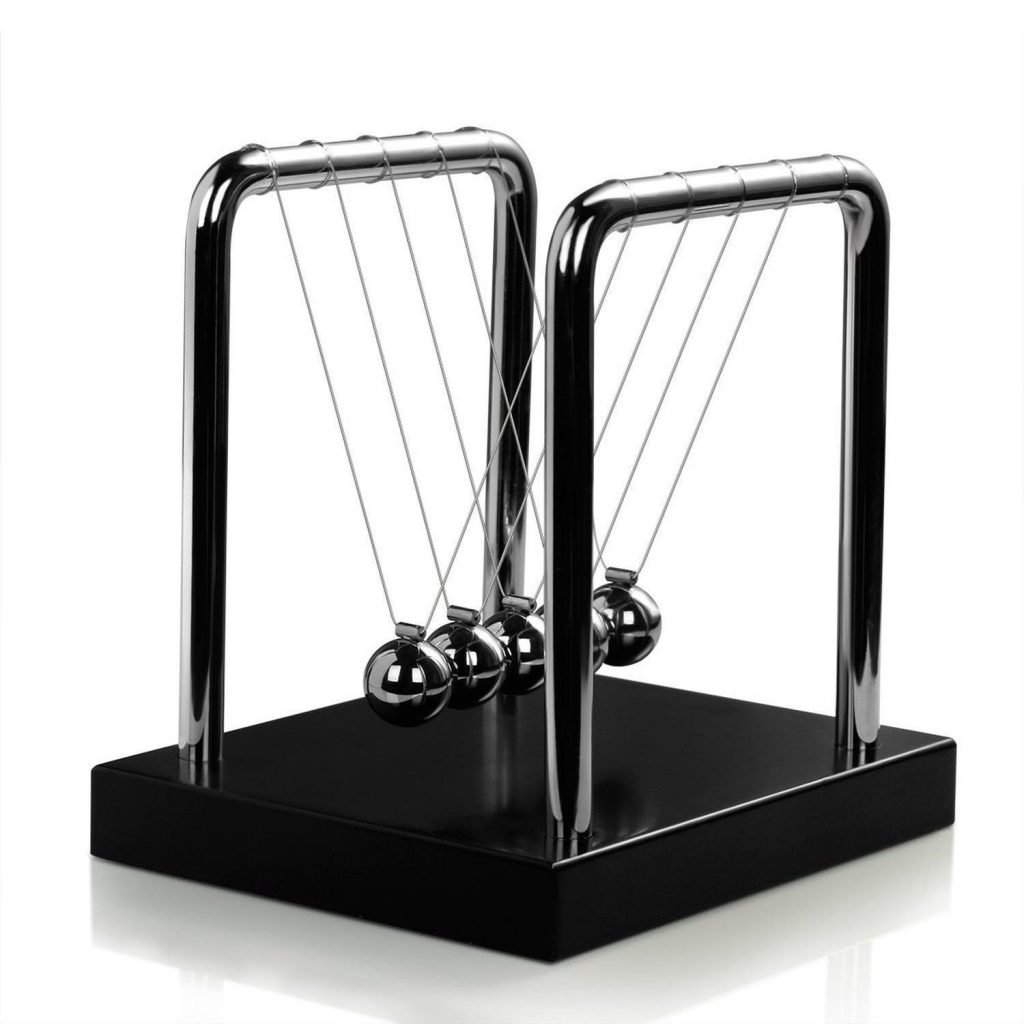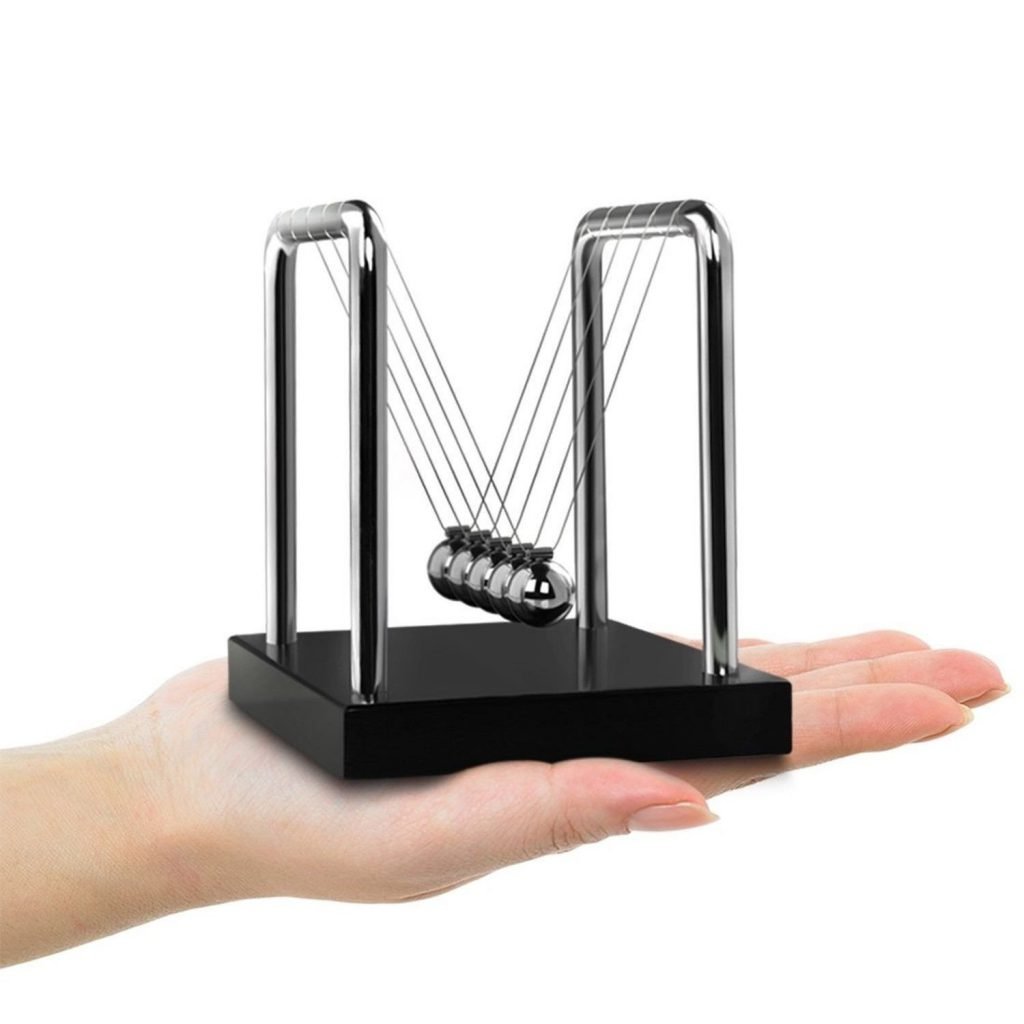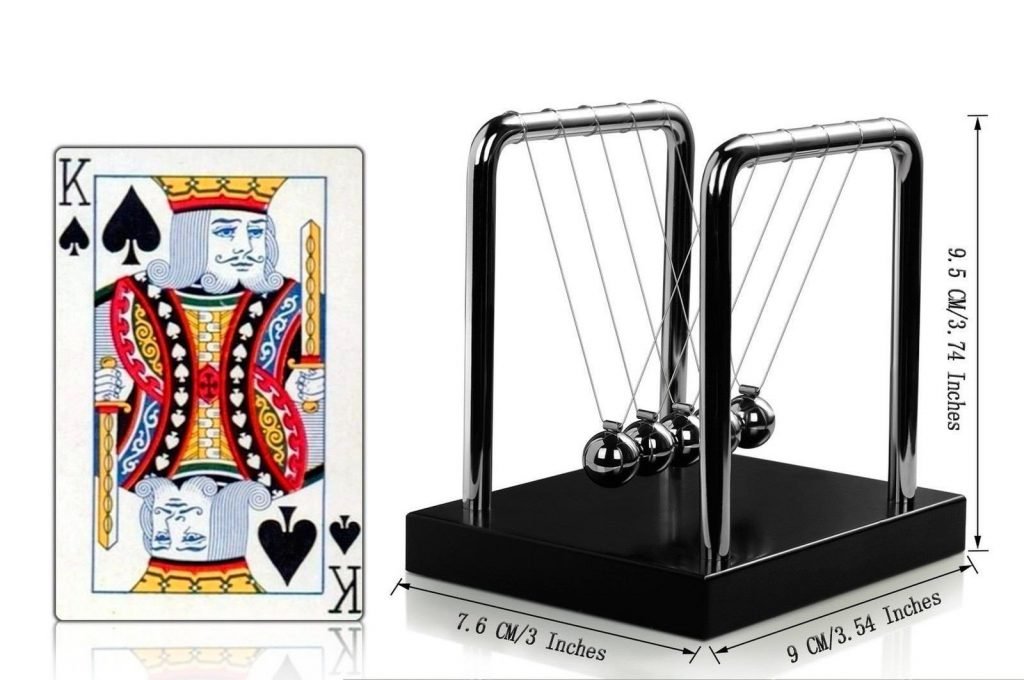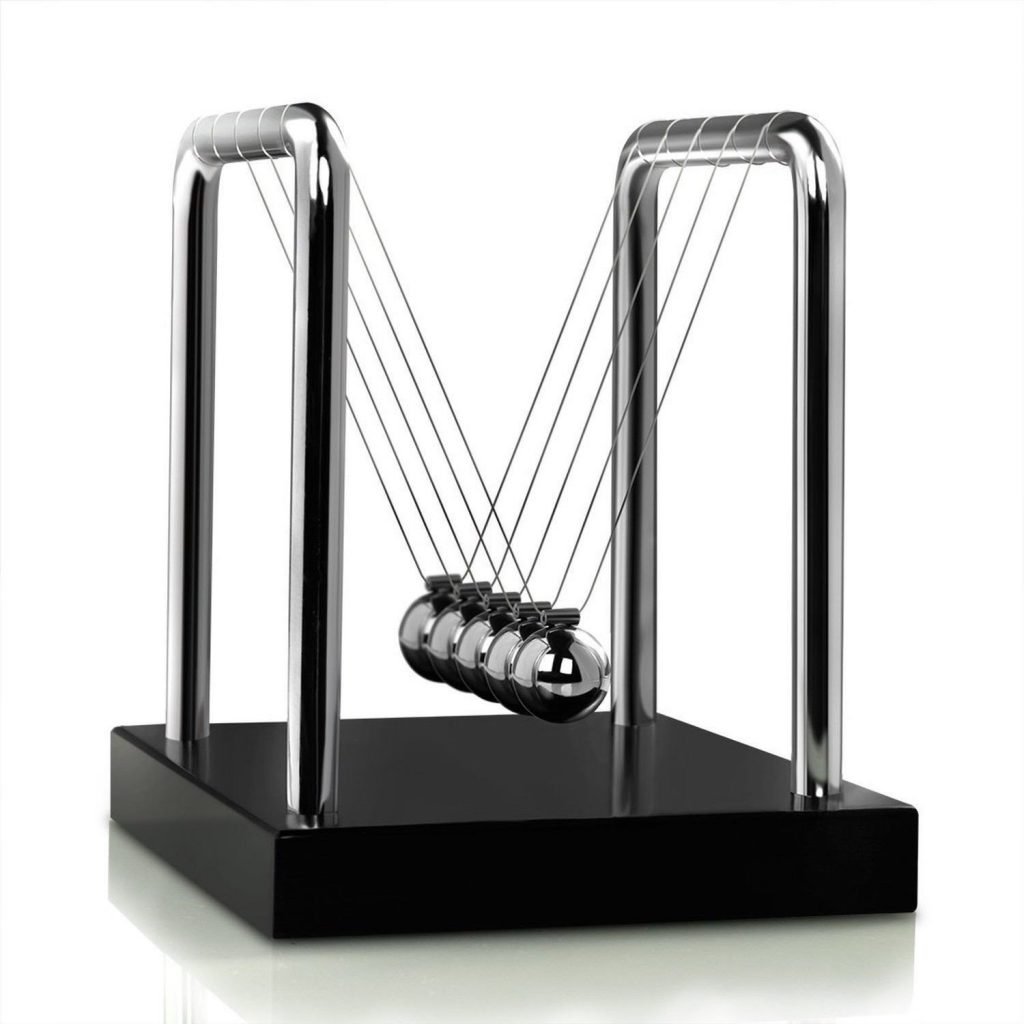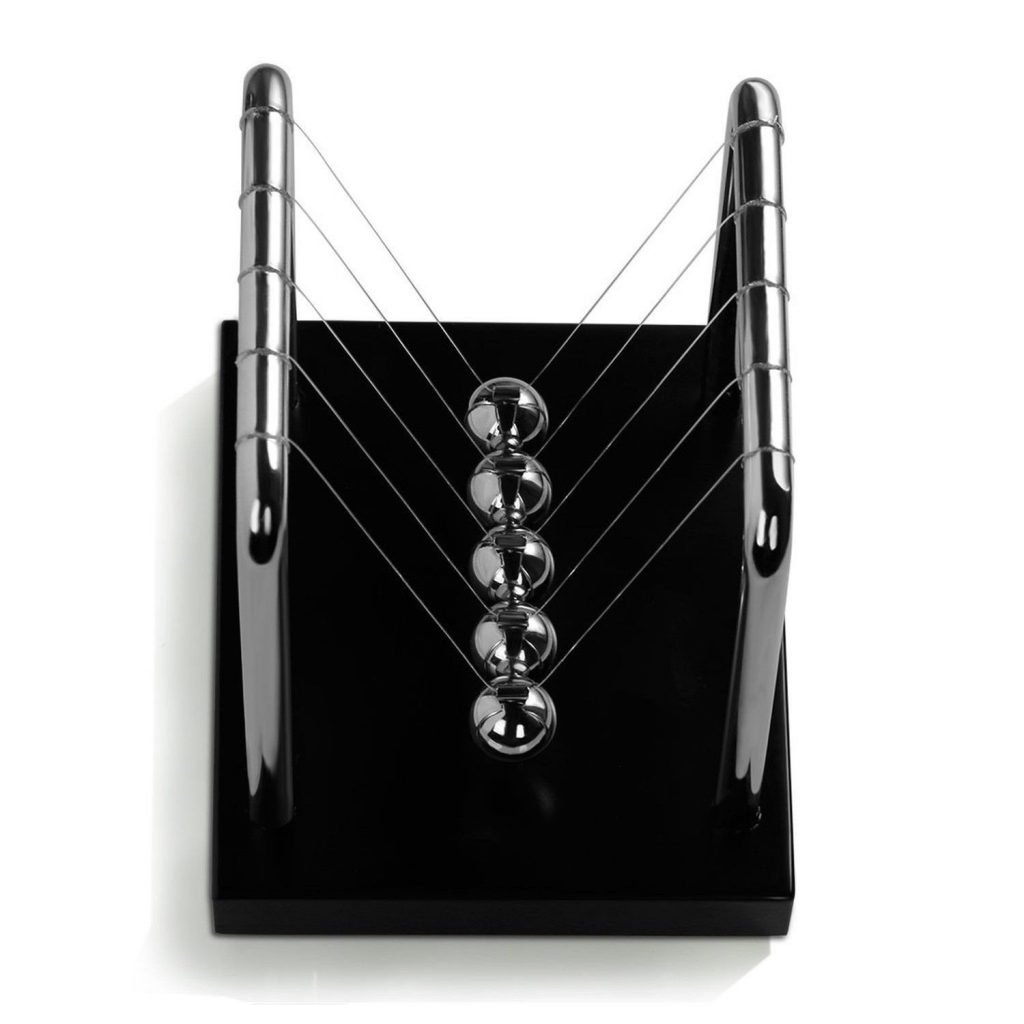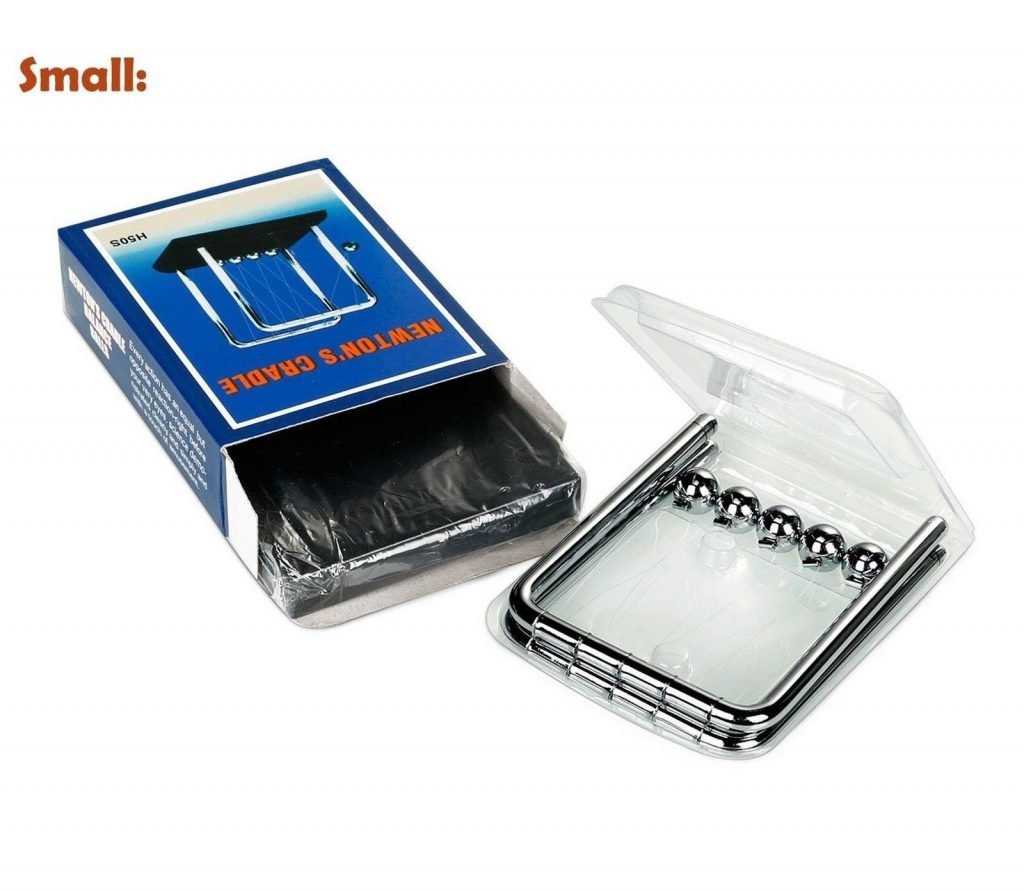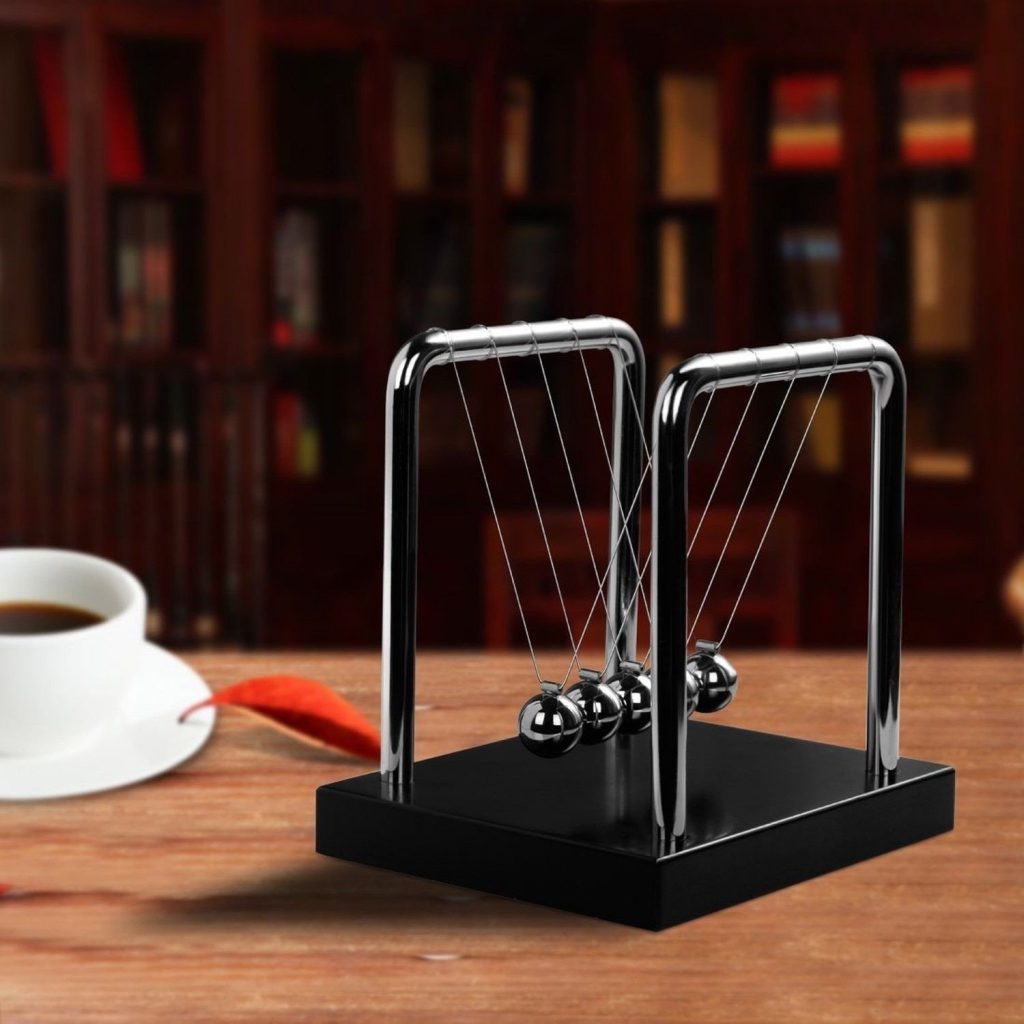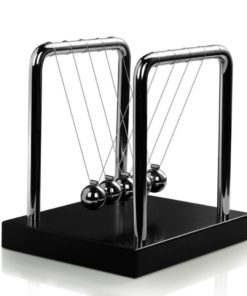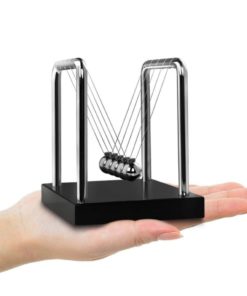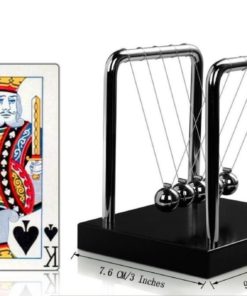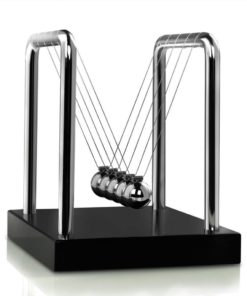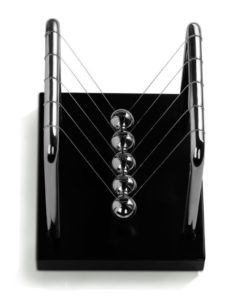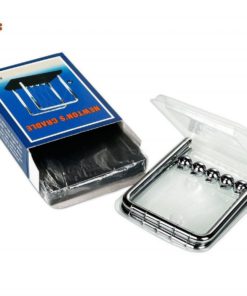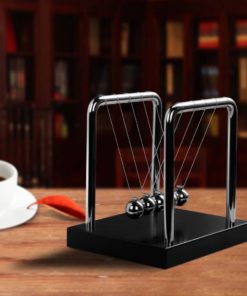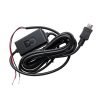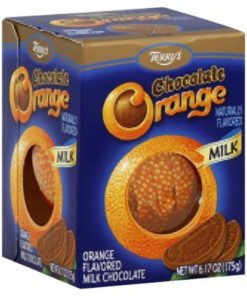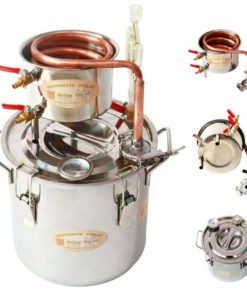-
×
 1 × $16.95
1 × $16.95 -
×
 Stinger Total Detox w/ B2 and Creatine
1 × $19.95
Stinger Total Detox w/ B2 and Creatine
1 × $19.95 -
×
 Lint Remover,Clothes Shaver - Extra Long 68" Electric Cord Operated Fabric Shaver- Fuzz & Fluff Remover - Suitable to Use on Pilling Surfaces,Such As Sweater,Coat,Carpet,Glove and More
1 × $25.95
Lint Remover,Clothes Shaver - Extra Long 68" Electric Cord Operated Fabric Shaver- Fuzz & Fluff Remover - Suitable to Use on Pilling Surfaces,Such As Sweater,Coat,Carpet,Glove and More
1 × $25.95
Bojin Classic Newton Cradle Balance Balls Science Psychology Puzzle Desk Toy ..
$15.90 Original price was: $15.90.$12.95Current price is: $12.95.
BOJIN Classic Newton Cradle Balance Balls Science Psychology Puzzle Desk Toy – Small Product Details Product Dimensions: 3 var include_showcase = function (path) { document ; include_showcase(‘//open
BOJIN Classic Newton Cradle Balance Balls Science Psychology Puzzle Desk Toy – Small
Product Details
- Product Dimensions: 3.5 x 3 x 3.5 inches
- Item Weight: 6.4 ounces
- Shipping Weight: 6.4 ounces
- Item model number: BOJ001806
- Manufacturer recommended age: 6 years and up
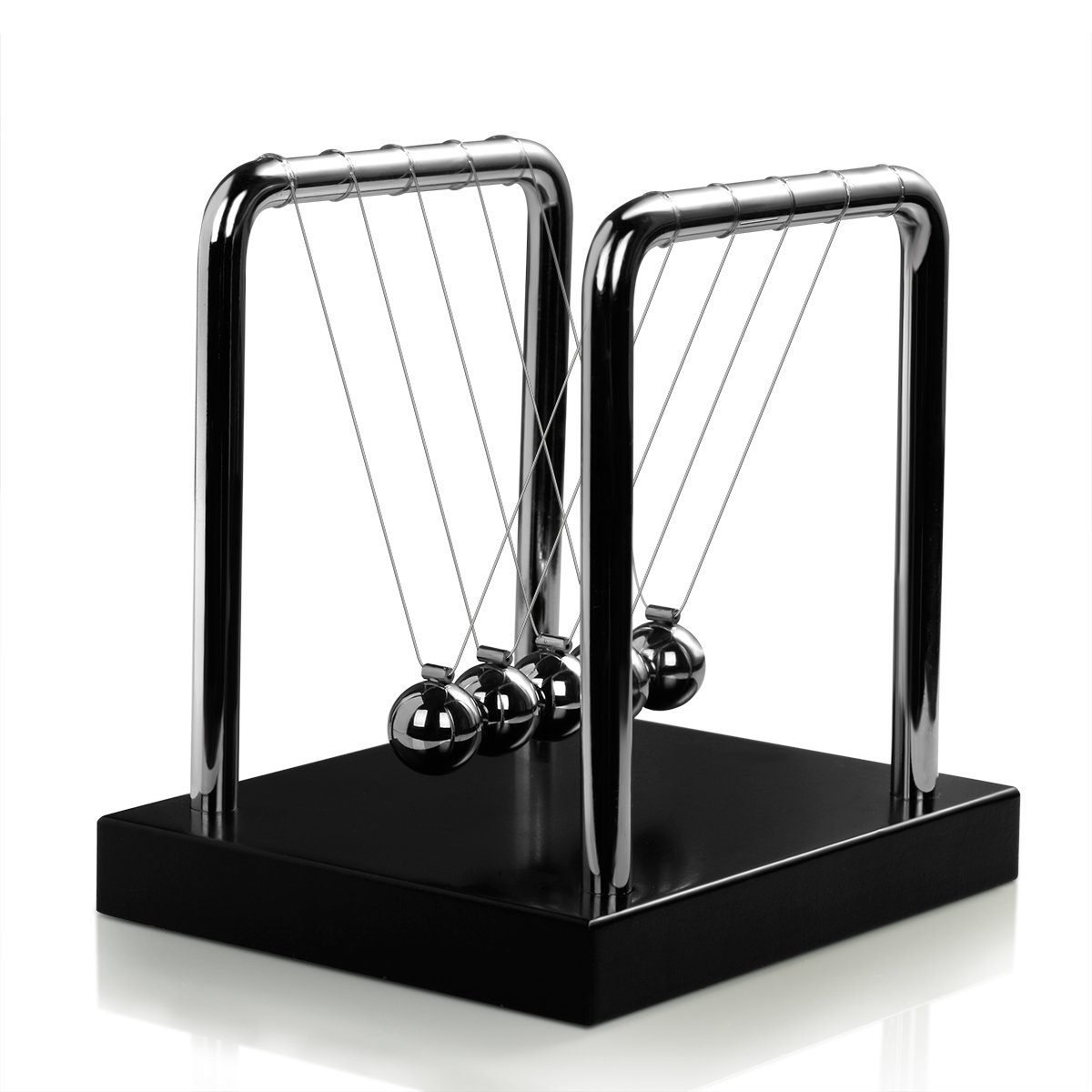
- MATERIAL—Durable WOOD base, nylon strings, metal balls, stainless steel frame
- SWING TIME—The balls continue in perpetual motion FOR ONLY 15-25 SECONDS due to the resistance of the air and friction
- DISADVANTAGE—We can not create a vacuum environment, so the balls will have some space when it is working, but it won’t influence the effect of playing
- APPLICABILITY —You can put it on your office desk or your home desk or on your shelf. It will be cool desk toy
- AFTER-SALE WARRANTY — If, for any reason, you are not completely satisfied, please contact us by email so that we may address your concerns
Features: Principle: Not only demonstrates a pendulum, but also shows the Lawsof Conservation of Momentum and Energy. Material: Balance Balls Desk Toy 1,Stainless steel frame and balls, Nylon threadAttention: Friction and dampingeffects are inevitablePioneering developments for several years, BOJIN havebeen focusing on the exquisite technologies and physics tools. This classicdesktop toy provides you many benefits and entertainments, is suitable forvarious locations such as house or office, and is an intriguing device thatnot only demonstrates pendulum motion, but also helps to show the laws ofConservation of Momentum and Energy. Whether you are studying physicsknowledge, working on complex analysis, or looking for a delicate gift, thisGarget is definitely what you really want. A Brief HistoryNewton’s cradle,named after Sir Isaac Newton, is a device that demonstrates three main physicsprinciples: conservation of energy, conservation of momentum and friction viaa series of swinging spheres. Most people think that Isaac Newton invented theapparatus commonly called a Newton’s Cradle, but he didn’t. English actorSimon Preble invented the device in 1967 and named it in honor of Newton. In1968 the first portable version hit the market and quickly gained popularityaround the world as a fun, educational physics demonstrator.
PAYMENT POLICY
SHIPPING POLICY
Most items are shipped within one business day via UPS within the Continental United States.
- Canada shipment can take up to 10 days
- Alaska, Hawaii, and Puerto Rico shipment can take up to 10 days, and some items may not be permitted to ship to these locations.
- If any shipment is not permitted to your area, full refund will be issued within two business days.
RETURNS POLICY
All returns accepted within 30 days after receiving the item.
- Refund given as money back (no exchanges)
- Return Shipping to be paid by buyer, unless item defective or damaged.
- 15% Restocking fee applies unless return due to defective or damaged product.
- Perishable or Hazardous Goods are not returnable. Returns may require compliance with Manufacturer policies.
FEEDBACK
We take our reputation seriously. We buy and sell online, so we understand the value of trust. If you are unsatisfied with your order for any reason, please Contact Us and we will work with you to resolve it to your satisfaction.
Related products
-21%
-29%
-47%
-25%
-27%
-22%
-39%
-29%
 Stinger Total Detox w/ B2 and Creatine
Stinger Total Detox w/ B2 and Creatine  Lint Remover,Clothes Shaver - Extra Long 68" Electric Cord Operated Fabric Shaver- Fuzz & Fluff Remover - Suitable to Use on Pilling Surfaces,Such As Sweater,Coat,Carpet,Glove and More
Lint Remover,Clothes Shaver - Extra Long 68" Electric Cord Operated Fabric Shaver- Fuzz & Fluff Remover - Suitable to Use on Pilling Surfaces,Such As Sweater,Coat,Carpet,Glove and More 
